Poison gas fears stall New Zealand mine rescue
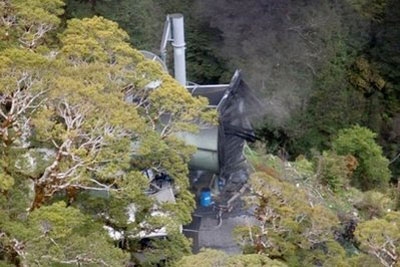 |
| Photo:AFP |
A specialist mine rescue team was on standby at the Pike River colliery but would not go underground until tests confirmed there had been no buildup of gases in the wake of Friday's blast, police commander Gary Knowles said.
There has been no contact with the men since the explosion at the remote mine and Knowles said rescuers were hoping to swing into action in the next 24 hours, once air samples from the mine showed there was no gas.
"To date we have not had an opportunity to get underground... as the search commander I'm not prepared to put people underground until we can prove it's a safe environment," he told reporters.
Reaching the miners as quickly as possible while ensuring no rescuers were hurt was "a fine balancing act", Knowles said.
Mine owners said the potential danger from explosive methane and poisonous carbon monoxide was responsible for the delay.
They continued to hold out hope the missing men were alive, although Grey District mayor Tony Kokshoorn conceded "every hour that goes by, it gets more dire".
Prime Minister John Key said every effort was being made to reach the miners, who range in age from a 17-year-old, believed to be on his first shift, to a 62-year-old.
"It's a difficult time for everyone but we're determined to get the men out alive," he said.
Key said expressions of support had poured in from around the world, including a personal email from Britain's Prince William saying his heart and thoughts went out to the miners.
The missing miners are believed to include at least two Australians and three Britons.
They are thought to be only about 150 metres (500 feet) from the surface but 2.5 kilometres (1.5 miles) from the mine entrance in a tunnel that runs beneath the Paparoa mountain range to the coal seam.
Special equipment was flown in from Australia to test gas levels in the mine and Australian Prime Minister Julia Gillard said her government would meet any requests for assistance.
Gillard said there had already been one "miracle" mine rescue this year, referring to last month's successful retrieval of 33 men trapped underground for 69 days at a mine in Chile.
"The world has witnessed a mine disaster already this year, and a miracle when people came out alive, and so our very best wishes go to the New Zealanders as they deal with this situation," she said.
Pike River chief executive Peter Whittall said fresh air was being pumped into the mine and it was possible the miners had reached a safety refuge.
"It's quite conceivable they are sitting around the end of an open pipe waiting and wondering why we are taking our time to get them out," he said.
However, a power outage meant the ventilation system was not working at the mine, located in an isolated area about 50 kilometres north of Greymouth on the South Island.
Two miners who survived the explosion just before 4:00 pm (0300 GMT) Friday were discharged from hospital after being treated for minor injuries. They had indicated three others were making their way out, but no one appeared.
Whittall said the cause of the explosion was not known, and workers who had been in the mine earlier in the day had not reported any problems.
Families of the trapped miners were receiving hourly updates from the company and police.
Kokshoorn said the rescue was difficult and could take days as the mine's remote location, the lack of power and poor weather complicated attempts to reach the miners.
The South Island's west coast was the scene of the country's worst mine disaster in 1896, when an underground explosion killed 65 miners at the Brunner mine.
The mine involved in Friday's explosion is close to the site of another disaster in 1968, when a blast killed 19 people.
What the stars mean:
★ Poor ★ ★ Promising ★★★ Good ★★★★ Very good ★★★★★ Exceptional
 Tag:
Tag:
Related Contents
Latest News
More News
- More than $2 billion boost to growth as UK joins CPTPP (December 16, 2024 | 17:25)
- Malaysia launches national AI office for policy, regulation (December 13, 2024 | 10:13)
- ADB approves 500 million USD loan for Philippines’s public financial management reform (December 13, 2024 | 10:00)
- Five tech predictions for 2025 and beyond (December 11, 2024 | 15:52)
- Singapore cracks down on illegal lending operations (November 26, 2024 | 09:25)
- Cambodian King to pay state visit to Vietnam (November 26, 2024 | 09:13)
- Trump claims 'magnificent' victory over Harris (November 06, 2024 | 16:55)
- Trump at 266 electoral votes, Harris at 195: US media (November 06, 2024 | 14:30)
- Trump on verge of victory over Harris (November 06, 2024 | 14:26)
- Tech companies invest in data centres in Thailand (November 04, 2024 | 16:23)




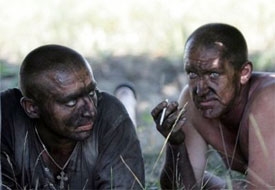
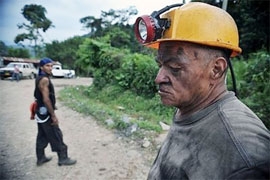
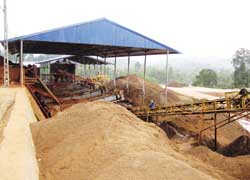
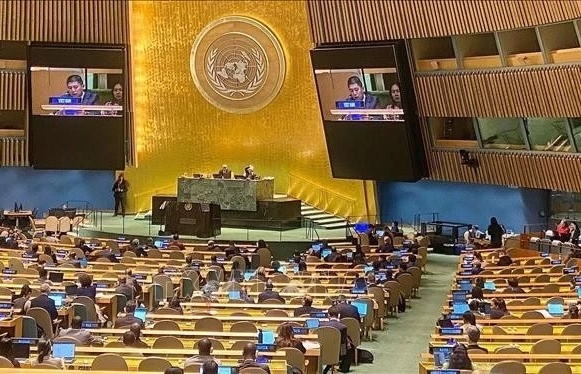


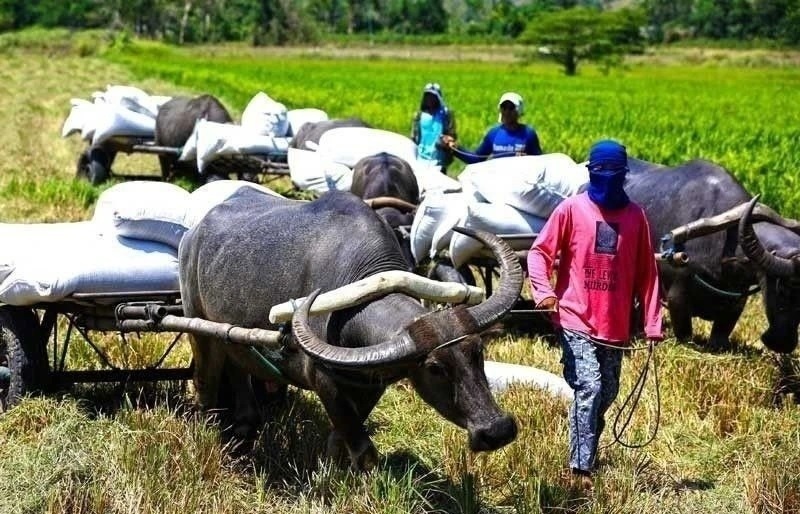





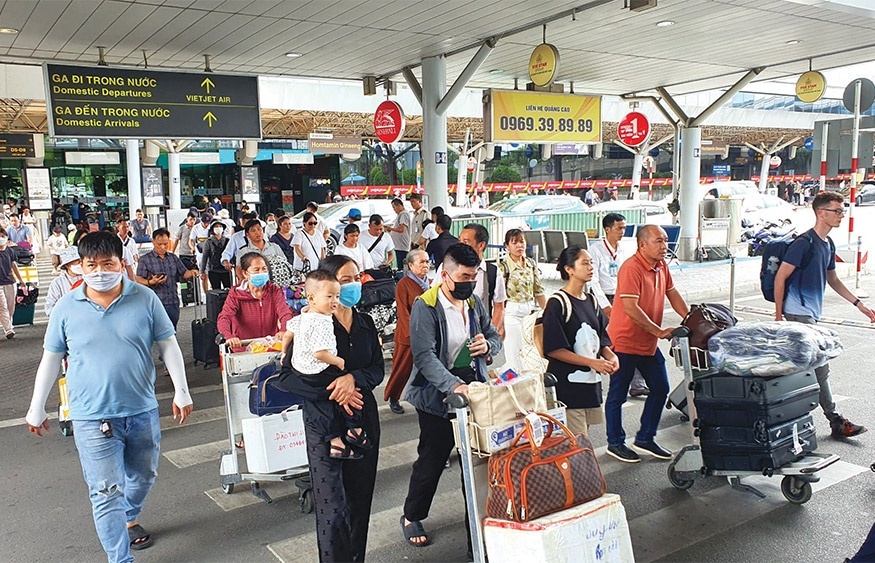





 Mobile Version
Mobile Version